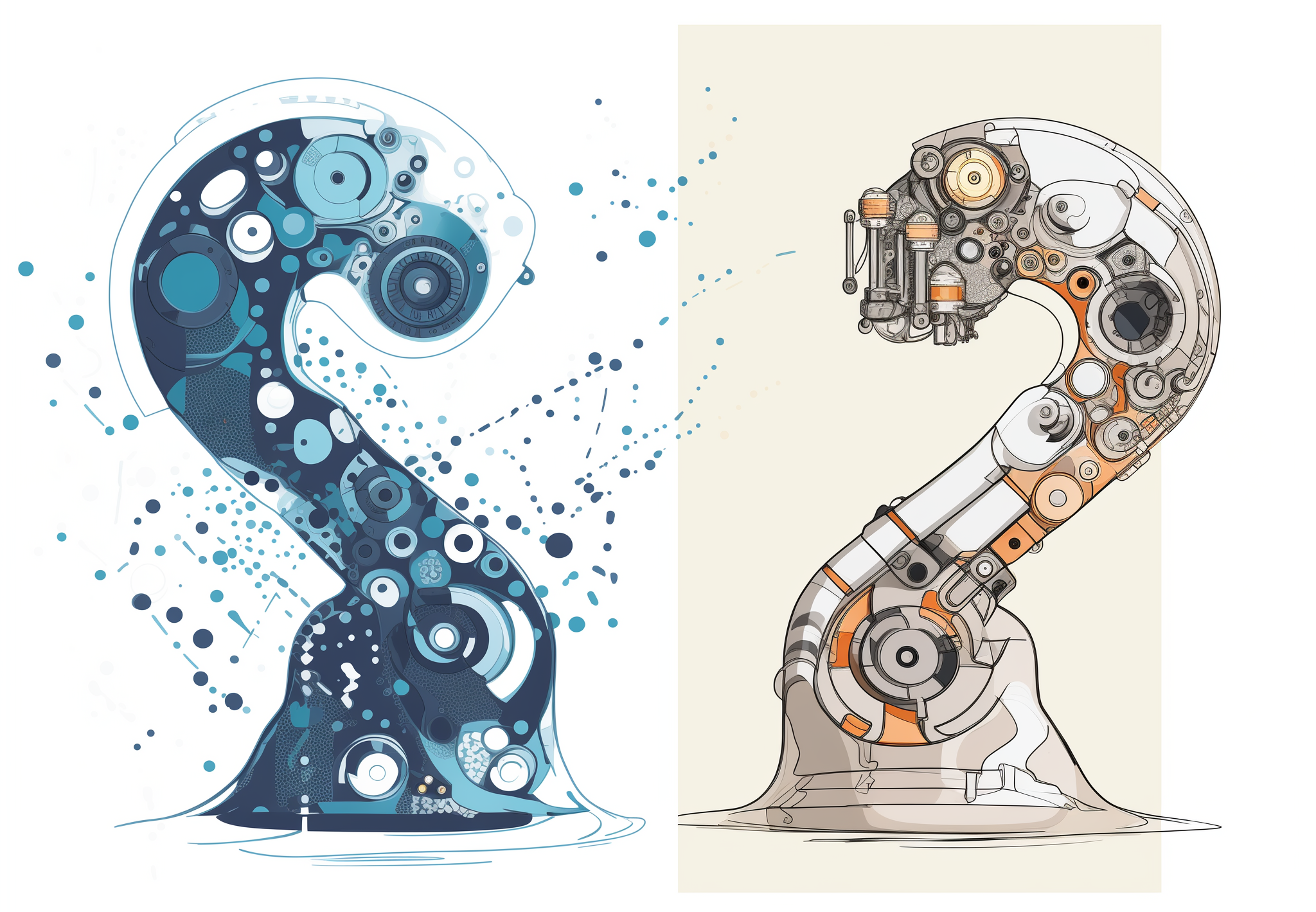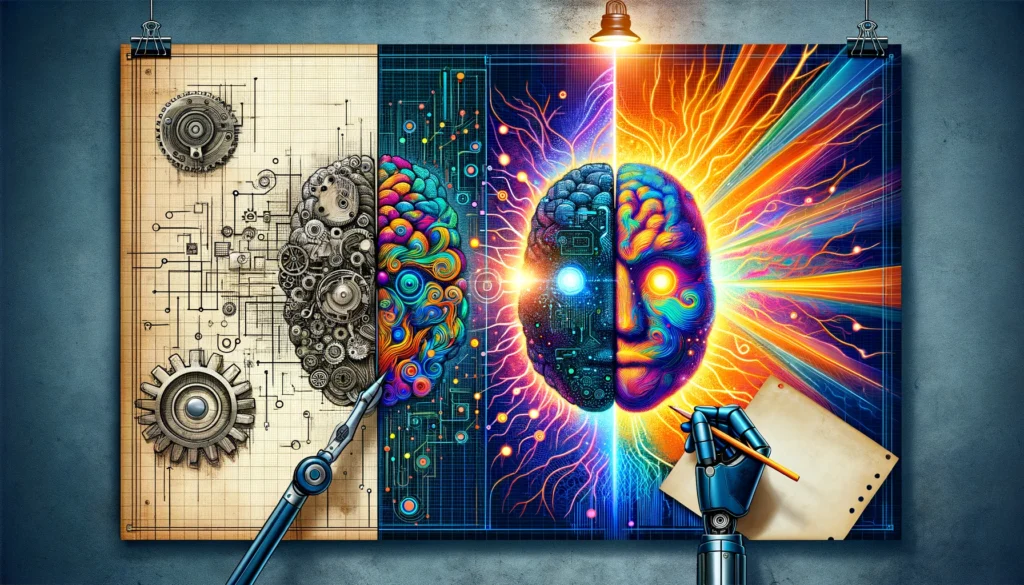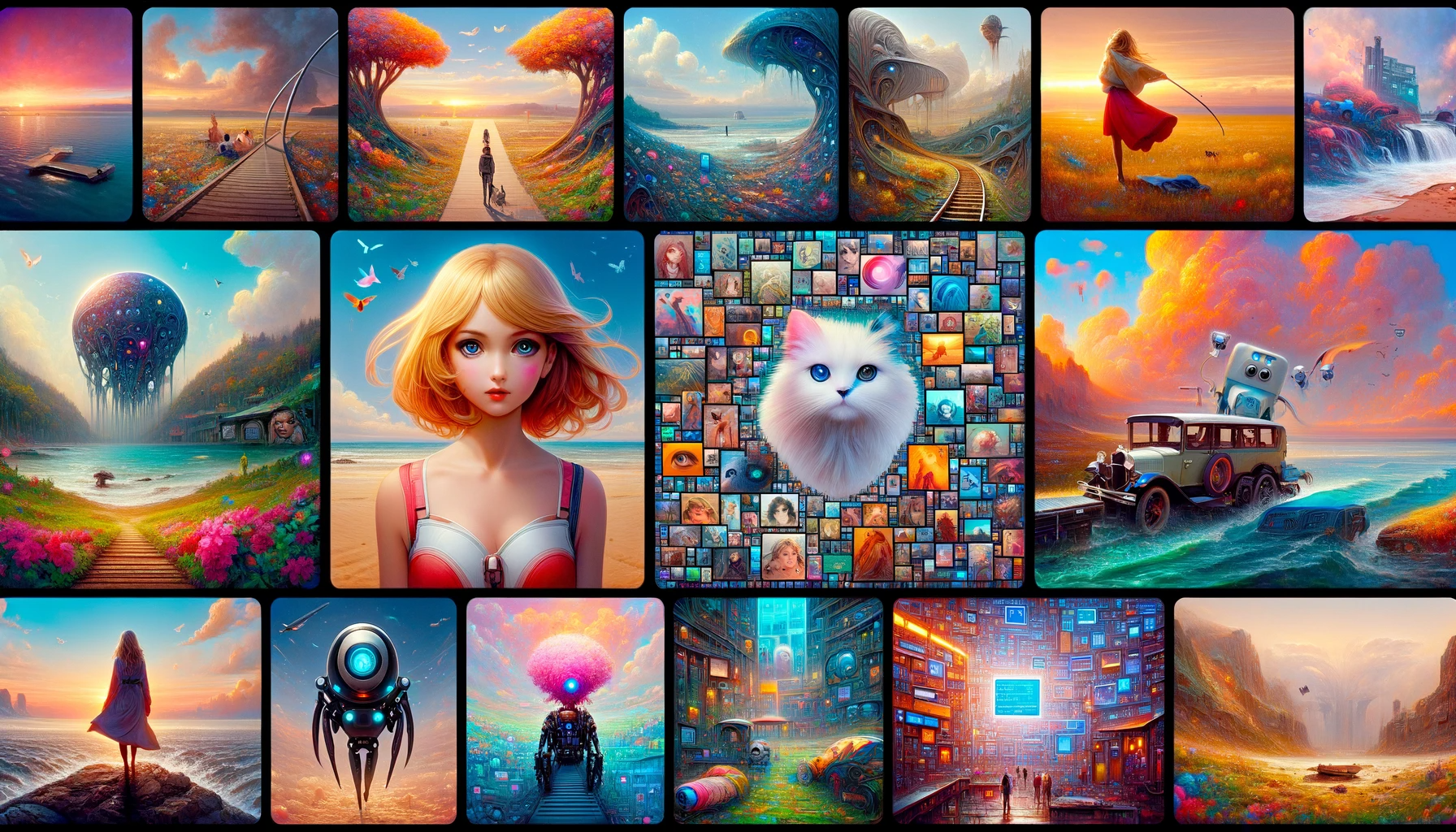AI image generation has come a long way in recent years, with significant advancements being made in the field. Two prominent examples of this progress are Midjourney and DALL-E. These AI models have revolutionized the way images are generated by leveraging complex algorithms and deep learning techniques. In this article, we will explore the capabilities and differences between Midjourney and DALL-E, shedding light on the evolution of AI image generation.
Midjourney: AI Image Generation
Midjourney is an AI model developed by OpenAI that focuses on creating images conditioned on text prompts. It utilizes a deep learning technique known as a Generative Adversarial Network (GAN), where two neural networks compete against each other. One network generates images, while the other tries to differentiate them from real images. This process allows Midjourney to learn from real-world examples and generate images that closely resemble the given text descriptions.

Unlike other models, Midjourney produces images in a step-by-step process, starting from a simple sketch and gradually refining it based on textual input. By breaking down the image generation into stages, the model gains better control over the creative process. Users can provide detailed instructions and witness the gradual transformation of a basic sketch into a more intricate and accurate representation. This iterative approach not only enhances the quality of the generated images but also offers users a unique experience of being involved in the artistic evolution.
DALL-E: The Evolution of AI Image Generation
DALL-E, also developed by OpenAI, represents a major leap in AI image generation. It builds upon the principles of Midjourney but takes the concept to a whole new level. Unlike Midjourney, which starts with a sketch, DALL-E generates images from scratch. It creates entirely original pictures based on textual prompts, even if they describe objects or scenes that do not exist in reality.

What sets DALL-E apart is its ability to understand and interpret complex textual prompts. It can grasp abstract concepts and generate corresponding visuals, showcasing the immense creative potential of AI. Furthermore, DALL-E has been trained on a vast dataset of diverse images, enabling it to generate remarkably detailed and realistic pictures across a wide range of subjects. Its ability to produce visually stunning and imaginative images has sparked interest and excitement in various industries, including art, design, and advertising.
Midjourney and DALL-E exemplify the advancements made in AI image generation, each offering unique approaches and capabilities. While Midjourney focuses on step-by-step evolution based on text prompts, DALL-E takes the concept further by generating original images from scratch. These models have the potential to revolutionize various fields, from entertainment to advertising and beyond. As AI image generation continues to evolve, it poses exciting possibilities for the future, where creativity and technology intersect in unprecedented ways.
Additional Analysis
The distinguishing features of Midjourney and DALL-E become even more evident when observing the outputs generated from a single, identical prompt. For instance, when given the phrase ‘a futuristic cityscape at dusk,’ Midjourney’s rendition begins as a series of loose sketches, progressively adding layers of detail and texture in subsequent iterations. The final image often presents a blend of envisioned future technologies with current urban elements, depicted in a way that emphasizes the journey from conception to completion. In contrast,
DALL-E’s interpretation of the same prompt instantly brings forth a detailed and cohesive image, rich with imaginative constructs and a vivid portrayal of an evening skyline, replete with flying vehicles and towering skyscrapers, all generated in one step. This juxtaposition of outputs not only highlights the contrasting methodologies of the two AI systems but also underscores the diverse range of creative solutions AI can offer to the same creative challenge.




